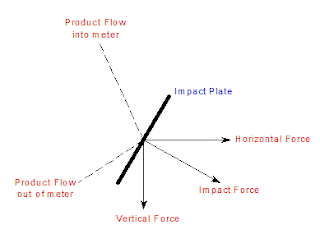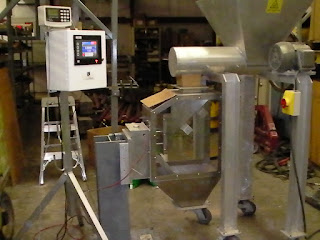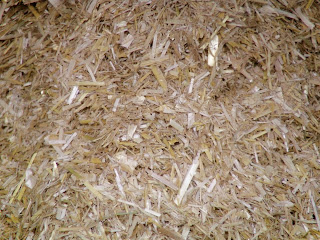Multivariable Pressure Transmitter or DP Transmitter?

Know Your Flow Experts answering your Process Questions The Question: Should I use a Multivariable Pressure Transmitter or DP-only Transmitter for Air Flow Measurement? The Expert: James Seagraves Senior Sales Engineer, Eastern Instruments - Over 30 years of experience in Air Flow and Solids Flow Measurement This is a question I receive all the time, as both types of transmitters measure the differential pressure (DP) of the air flow in a duct. To provide the best answer, let's first review the fundamentals of air flow measurement. Basics of Air Flow Measurement A Typical Pitot Tube in an Air Stream Typical Pitot Tube in an air stream One of the most reliable and time-tested methods of measuring the air flow in a duct is to use a differential pressure device like a pitot tube. The pitot tube is inserted into the air stream to measure the pressure differential created between the High port and Low port on the pitot, also known as the Dynamic or Velocity Pressure. High Port (...


